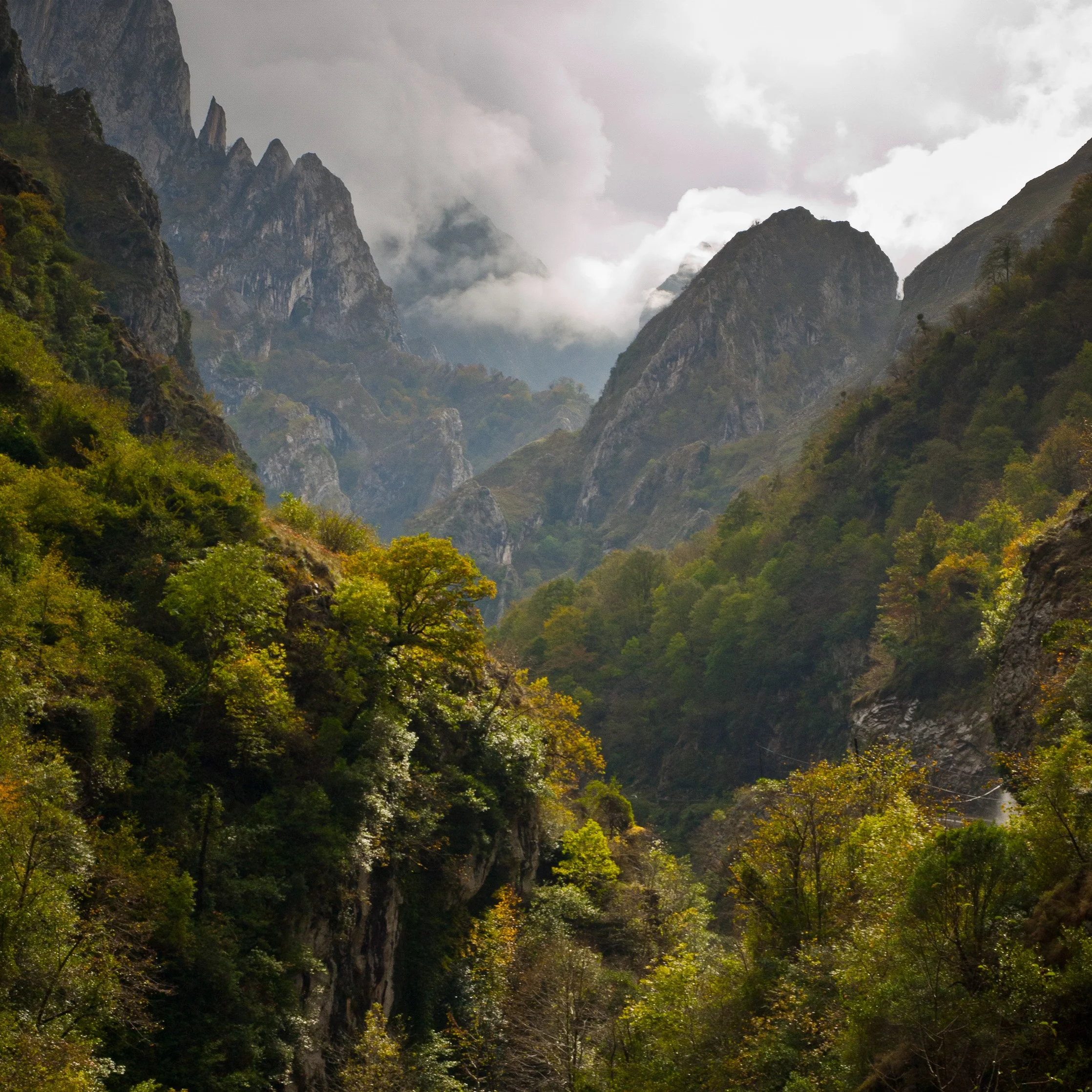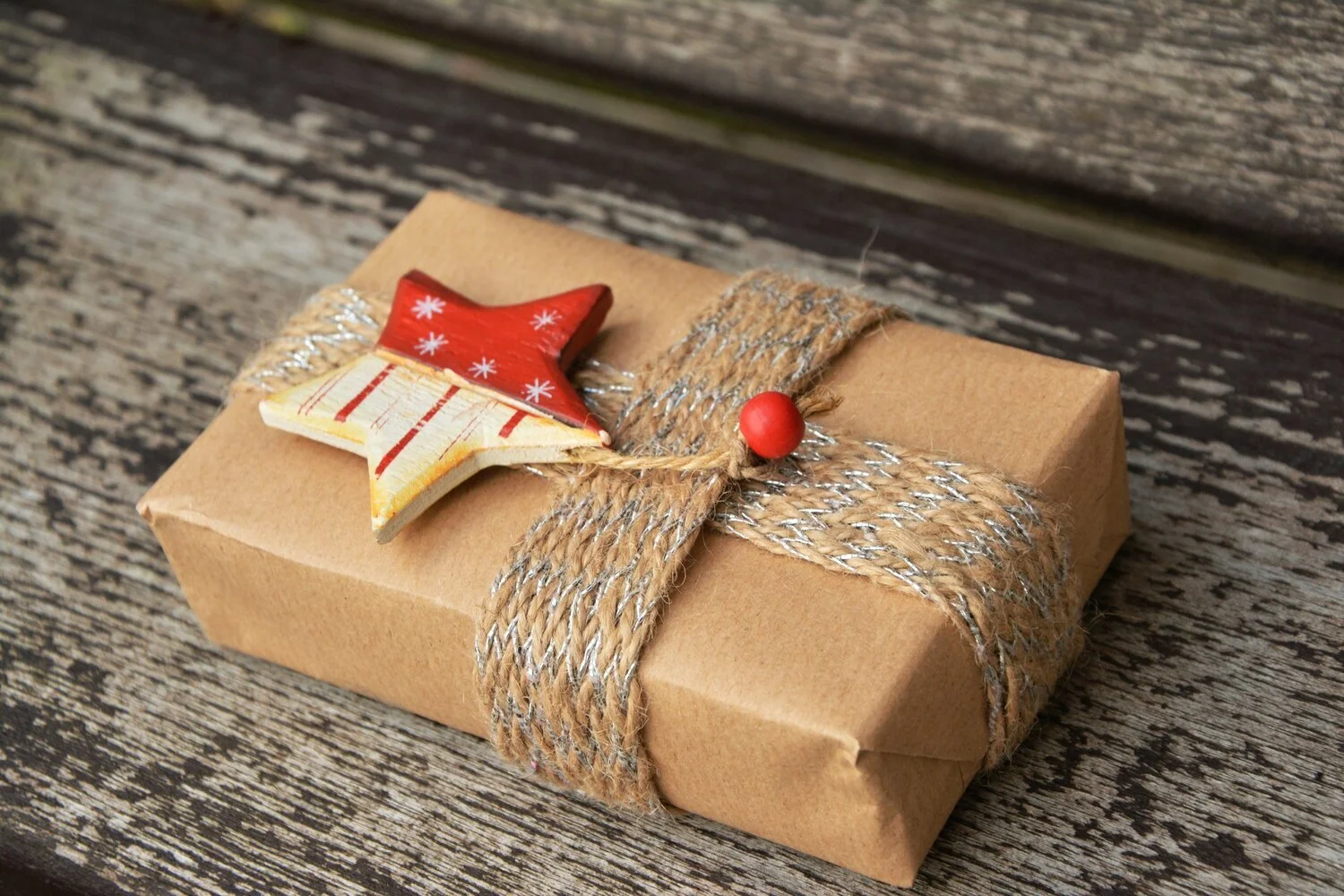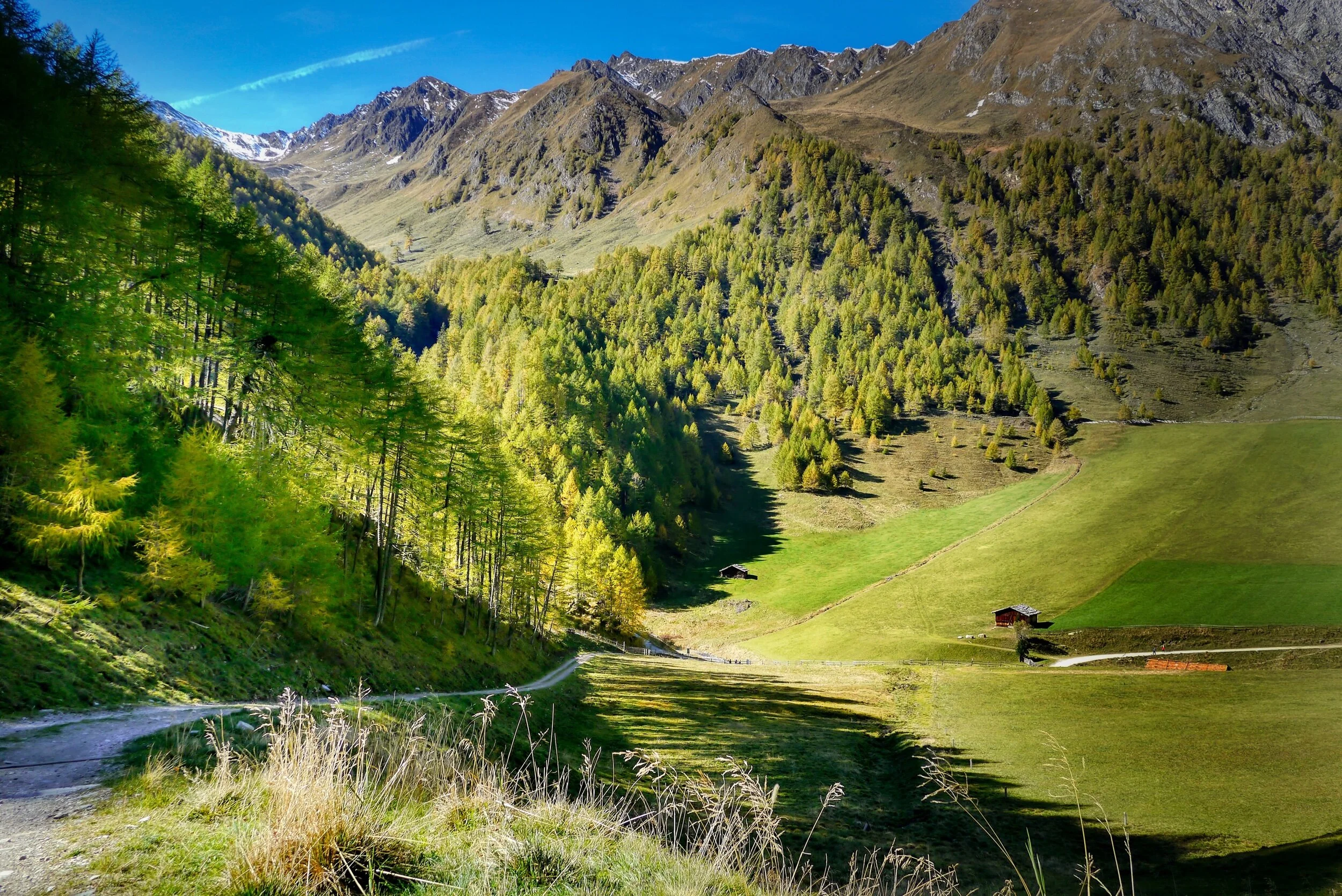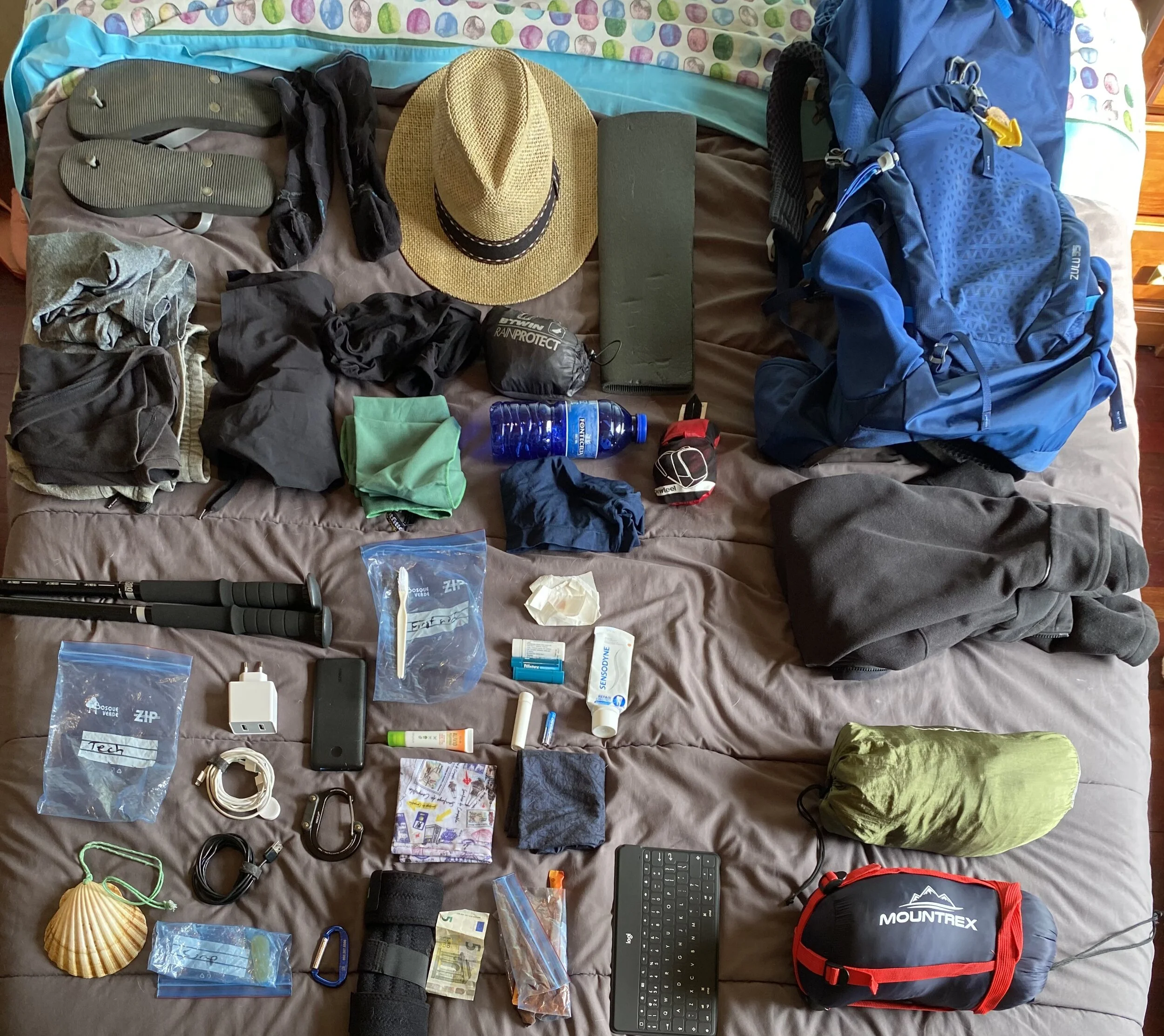Never get blisters again
It may seem strange to wear two pairs of socks, but for those who have blessed their feet with sock liners and quality hiking socks, it seems strange to them to get blisters anymore. Blisters are a burden on hikers. They add a struggle to the hike, slowing the hiker down and causing them anguish every step of the way. This is a mental fight no hiker should be participating in.
Sock liners
Why would wearing two pairs of socks stop a hiker from getting blisters? Well, there are two things happening when wearing hiking socks and sock liners. Both are happening at the same time.
The first has to do with the material of the sock liner. Sock liners are made of smooth frictionless material that allows the foot to slide around in the sock when hiking. Contrary to traditional socks, when a foot meets the soft nature of a sock liner the motion between them doesn’t cause friction or hot spots.
The second reason sock liners work is specifically because you are wearing two pairs of socks. When hiking the shoe/boot is being pulled and pushed by the wearer and the friction from the ground. This movement then moves to the hiking sock, but because the sock is not directly touching the foot, the friction from the moving sock is applied on top of the frictionless sock liner. Ultimately all that energy from the movement dissipates over the sock liner.
Hiking socks
Alternatively to sock liners, I have found hiking socks that are double layered almost like its folded into itself. Internally the sock has a smooth finish while externally the sock is a thick and padded sock. I have had success in not getting blisters with both. I prefer the one sock over two as its less stuff to deal with, but I can see others preferring two socks just in case one rips they still have the other three.
The difference between wearing liners and not are very noticeable. It can not be guaranteed you will not get a blister wearing a liner, but I personally went from many blisters to none since I started wearing them. This article would not be complete without me stating tips on how to deal with blisters if it comes to that.
The blisters I have been describing are called friction blisters. Friction blisters are your bodies response to heat build up on a part of your skin. When hiking this heat comes from the friction between the sock and foot. The body will then flood the areas layers of skin, just under the top layer, with a fluid called serum.
Treating blisters
I am no medical expert so the next information should be taken at your own risk.
How do you treat a blister? Well, this is where your first aid kit will come into play. Three items you should have in your first aid kit specifically for blisters are pin, sterilizing liquid, and a protective dressing. Moleskin bandages and leuoktape are great blister specific dressings, and can even be placed in areas where you normally get blisters as a preventative barrier.
If the blister is not painful then the best approach is to cover the blister with something like moleskin or leukotape and wait for the blister to naturally pop. This method will allow the inside of the blister to heal so that when the blister break the wound will not get infected.
If the blister is causing pain, then the next approach will be to pop the blister. An improperly treated blister can become infected and cause larger problems, so it is important to clean and sterilize everything.
First, the hands, blister, surrounding area, and tools used will need to be washed and sterilized. Use a combination of clean water and soap, if available, to wash the wound and alcohol, hydrogen peroxide, iodine, alcohol wipes, anti bacterial ointment, or hand sanitizer to sterilize. Start with sterilizing the hands and then move to the other stuff.
Next, pop the blister at its base with a sterilized pin. After the blister has been popped, drain it completely of its fluids. Do not remove the skin as this will be a protective coating on top of the raw skin that lays underneath. Sterilize the area again before moving onto the next step.
Lastly, apply a dressing onto the wound such as moleskin or leukotape. It is important to let the blister breath, so after the hike and when sleeping remember to remove the dressing. Some dressings are pretty breathable and will allow the wound to heal with them on, but I would still take them off when sleeping.
Footwear
The feet are the part of the body that will take the most abuse when hiking this is why I recommend using the best equipment on them. A good pair of hiking shoes or boots that are, this is the important part, broken in will help in preventing blisters. When it comes to feet I usually do my research and am not afraid to spend a little extra money. Everyone has different preferences, so this is where you need to find what you like. Hiking boats, trail runners, hiking shoes, socks with sock liners, or hiking socks.
Conclusion
First step to not getting blisters is some good quality shoes, socks, and sock liners. If after these you still get a blister, than learning how to properly deal with and treat them is important. But I guess if your not at risk of getting blisters than you are not hiking properly.







